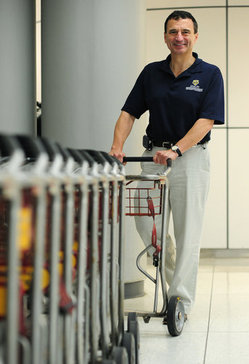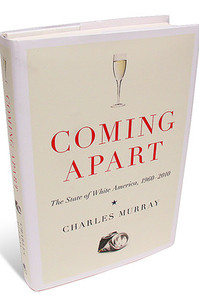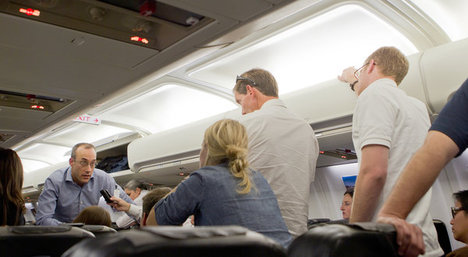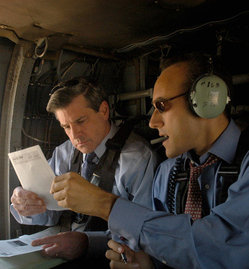(p. 122) VANE and MULHEARN: The prize rewards specific discoveries, achievements, or breakthroughs in economic science. Your pioneering contributions have opened up a rich seam of research for others to mine. Does academic knowledge largely progress through the lead taken by a small number of creative innovators?
PHELPS: That’s such a good question. It resonates with a subject in the area of innovation theory. The old guys like Arthur Spiethoff thought that progress was due to the great discoveries of the scientists and navigators. Schumpeter (1934) (p. 123) didn’t depart altogether from that, he simply said, well, that’s right but you’ve got to have some entrepreneur to actually implement it. But don’t think there’s much creativity there–everybody knows what’s in the air. And it’s very rare that anything new really gets created in the course of this development work. But now we don’t think about innovation in that way so much. We recognize that once in a while there is a big leap which creates the ground for a surge of innovations to follow. Nowadays we realize that an awful lot of innovation just comes from business people operating at the grass roots having ideas on the basis of what they see around them. Nothing to do with science–it’s just creative mankind chipping away at things. I know that the Sens and the Mundells and the Lucases are towering figures, but they couldn’t have become so if they hadn’t read a lot of papers by, well, pretty average people who are just doing a good job of exploring a question and giving inspiration. I guess the towering figures are people with just a little more drive, a little more imagination, just a little cleverer in putting some things together. In other words, I don’t know the answer to the question [laughter].
For the full interview, from which the above is quoted, see:
Vane, Howard R., and Chris Mulhearn, interviewers. “Interview with Edmund S. Phelps.” Journal of Economic Perspectives 23, no. 3 (Summer 2009): 109-24.







